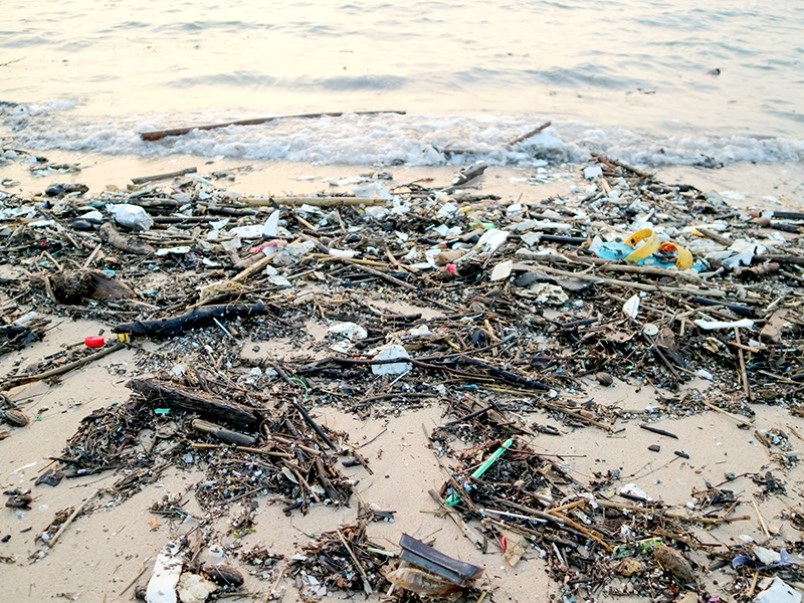Only 70 years ago, plastic had not yet come on the scene, but now it is hard to imagine our lives without all the “conveniences” it affords.
Still, it is impossible to ignore its increasing list of inconveniences. Plastic is choking our landfills.
Only 11 per cent of the plastic Canadian’s use is recycled or incinerated. It is also becoming a disconcerting part of our ecosystem, in the soil where we grow our vegetables and in the fish on our dinner plate.
The most insidious place it is showing up is in the form of microplastics in our waterways. Contrary to popular belief, the ocean gyres are not a continuous mass of floating plastic containers. Instead, the top six inches of gyres contain massive volumes of microplastics, measuring five millimetres or fewer in length (no easy task to filter out).
To make matters worse, microplastics absorb pollutants, and because they look deceptively like food, are then eaten by marine life. The long-term effects of this addition to the food chain are only just beginning to be understood.
How do these tiny bits of plastic get into the water? Large pieces of plastic, when exposed to the sun, break down over time. But there are also pieces of plastic that start off small, in the form of microbeads from beauty products (toothpaste, exfoliants, et cetera), and microfibres (from nylon, fleece, polyester and other synthetic textiles).
The great news is you can greatly reduce your household’s contribution to the microplastics problem. Here are some easy tips to get you started.
Buy toiletries without microbeads, which is easy to do in Canada and the United States as both countries have now banned them.
Wash your clothes in a bag, like the GuppyFriend, which reduces wear and tear on clothing while also capturing nearly all microfibres released during the wash cycle.
Put dryer lint in the trash, not in the compost or down the drain. It is full of microplastics.
Invest in a few dryer balls made of felted wool. They help fluff and remove static build up. Ditch dryer sheets, which are made of polyester and often heavily packaged.
Fill your washing machine up because full loads create less friction and thus less microfibres.
Wash your clothes less frequently, and use the cold setting, both of which will extend the life of your clothing.
Make an effort to buy natural fibres such as cotton, linen, silk, cashmere and wool. These do not release harmful plastics in the wash.
Avoid cheaply made fast fashion items that often fall apart quickly and are laden with microplastics.
It is far easier to filter out microplastics before they enter our waterways. Get involved and do your part.
Let’s Talk Trash is qathet Regional District’s waste-reduction education program.




